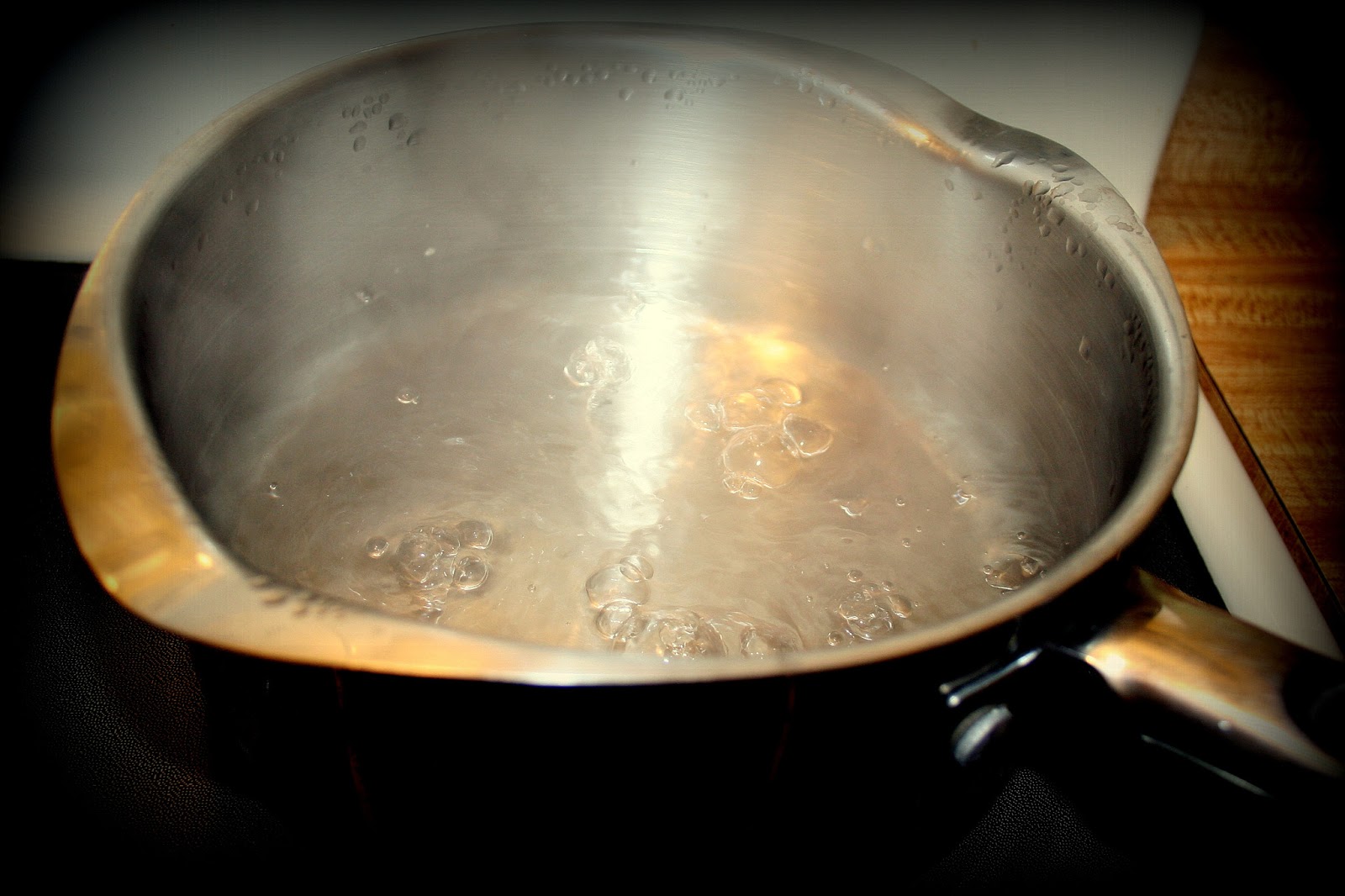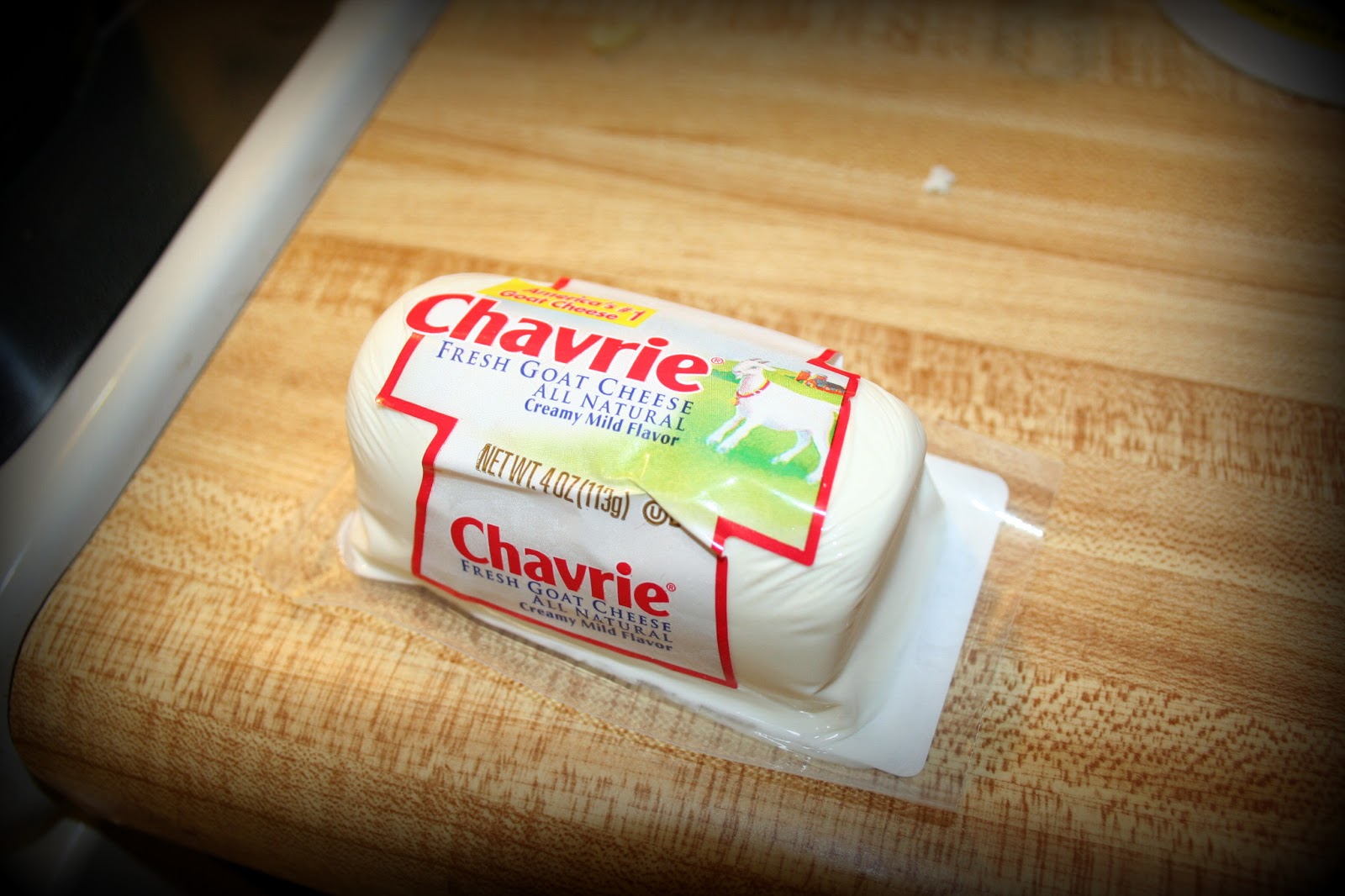I am the type of girl who holds weight pretty steadily. I seem to stay the same weight regardless of what I eat or how many times I go to the gym. This seems like an ideal situation unless you're not at a weight you're happy with. After having a baby this past year, I settled in on a weight I wasn't all that happy with. I tried watching my calorie intake and spent a consistent 2 months going to the gym 2-3 times per week (did I mention I hate going to the gym? Mostly because my goal is weight loss and I never see results...). You guessed it, that scale didn't budge.
Plus, I love to eat!
I ran across this book called Trim Healthy Mama by Serene Allison and Pearl Barrett. It just came out September 2012. Let me start now by saying if you've not had lasting success with other weight loss programs you really need to get this book.
It goes into a lot of detail about the science around food and what happens in our bodies when we eat different combinations of foods. Their method boils down to not eating fats and carbs in the same meal and always having it centered around a protein. The goal is to keep your blood sugar from spiking which causes insulin to work overtime and store the excess glucose in your fat cells. Eating a fat centered meal doesn't make you fat if there aren't the carbs there spike your blood sugar. Your body uses the fat you consumed to fuel your body and then it starts taking from your stores (you know, around your waist, hips, butt, all those areas you try so hard to slim down) and uses that for energy. Similarly, if you eat a meal with carbs (they suggest keeping it below 45 grams a meal and nix the simple carbs like white bread and sugar), your body will use those to fuel your body. Don't give it fats as well otherwise your body will store it for later and not burn through all those supplies you've already stocked up!
That's the main gist but you'll have to read the book for all the enlightening, juicy details.
Let me give you a little example of a typical day as a Trim Healthy Mama.
Breakfast:
Three egg omelet with spinach and cheese with a side of bacon
Snack:
Cup of fat free Greek Yogurt with frozen berries
Lunch:
Roast beef sandwich with one slice of whole wheat bread, one slice of skim mozzarella, horseradish, and fresh spinach with a side of red and yellow peppers.
Snack:
A shake made with almond milk, frozen berries and a scoop of chocolate protein powder.
Dinner:
Chicken Florentine in a heavy cream sauce with a side salad topped with creamy blue cheese dressing.
No feeling of deprivation there! And can you believe I weighed less the next morning?
If you're going to switch from fat to carbs in the same day (like I did above with lunch), make sure it's at least three hours since you ate last. My snacks don't count because neither of them have fat nor carbs and are pure protein.
The book has a TON of recipes for you to choose from, and yes, they are a little crunchy. The beauty is that once you understand the premise, you can adapt your own usual recipes to fit into the method. Here are a couple great ones to try!
S meals (S for Satisfying, they're the ones with fats):
Cream Cheese Pancakes
E Meals (E for Energizing, they're the ones with 45g or less of carbs):
Oatmeal with fresh fruit
Did any of those meals look like you could eat them and feel like you're dieting? I think not.
Let me know if I've inspired you to go out and buy the book. Feel free to share some of your favorite S and E meals with me too!







































